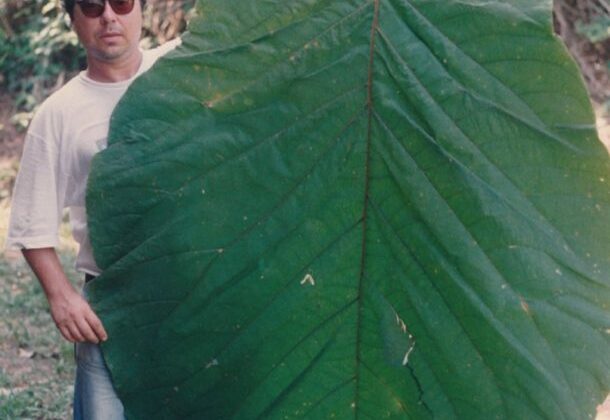
Coccoloba gigantifolia, a rare tree species found in the Brazilian Amazon with leaves reaching up to 2.5 meters (8 feet) in length, has finally been identified and named by researchers after more than 35 years since it was first observed. The discovery of its true identity is a significant milestone as it enables the assessment of its conservation status and aids in designing conservation strategies.
Decades of Mystery
The tree, belonging to the genus Coccoloba, was first sighted in 1982 by botanists from the National Institute of Amazonian Research (INPA) during an expedition in the Madeira River Basin in the Brazilian Amazon. Despite the researchers encountering more individuals of the same tree species in subsequent expeditions, they were unable to name it due to the absence of flowers or fruits, which are crucial to describing a plant species. They did, however, document the tree’s characteristics and take photographs.

Years of Patience
It was not until 2005 that researchers Rogério Gribel and Carlos Alberto Cid Ferreira were able to collect seeds and flowers from a tree in Jamari National Forest. The materials, however, were not enough to describe the tree’s species. After sowing the seeds on INPA’s campus and waiting for 13 years, one of the planted trees finally flourished and fruited in 2018, providing the botanical material they needed to name and describe the new species.

The Discovery
Gribel and his colleagues published a paper in Acta Amazonica, describing the new species as Coccoloba gigantifolia, referring to its giant leaves. The species can grow up to 15 meters (49 feet) in height, and its leaves are likely the largest among dicotyledonous plants, which include sunflowers, hibiscus, tomatoes, and roses.
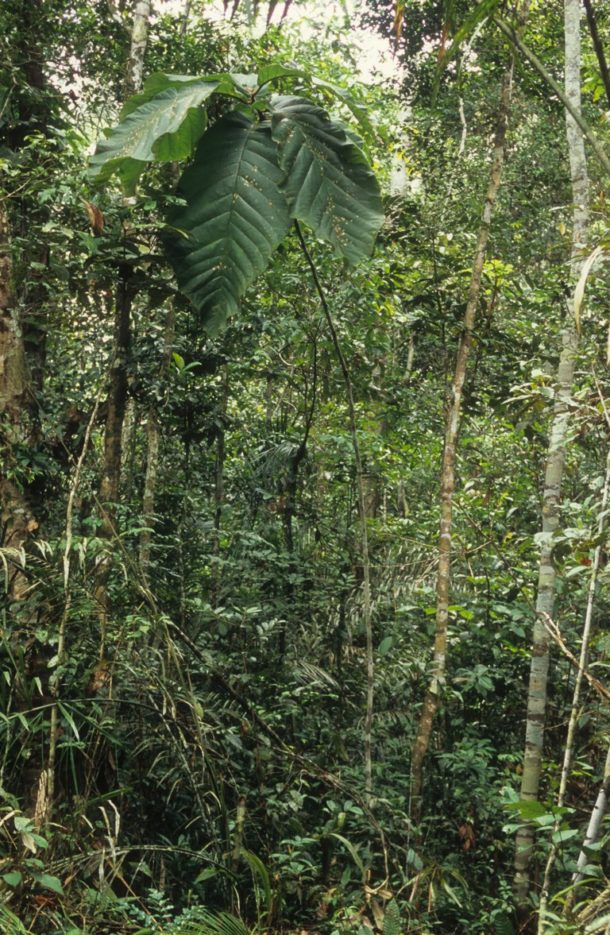
Importance of Naming
Formally identifying and naming the tree species was crucial to cataloging the national flora and assessing its conservation status. Without an official name, it was challenging to recognize its existence and regulate its collection, trade, transport, planting, and more. Now that the tree has been named, conservation measures can be implemented to protect it from extinction.
Conservation Concerns
Coccoloba gigantifolia is likely rare and has disjointed populations due to the rapidly changing landscape of the Amazon. The researchers recommend listing it as an endangered species on the IUCN Red List.
Leaf Leadership
According to Gribel, comparing leaf sizes between species can be difficult due to variations within the same species. However, C. gigantifolia’s leaves are believed to be the largest among dicotyledonous plants. While some species of the genus Gunnera also have huge leaves, they are not arboreal like C. gigantifolia.
Celebrating the Discovery
Gribel expressed his pride and happiness in finally identifying the species after years of tracking it. The exhibit of the dried leaf at INPA, which had been a local attraction for decades, has now been replaced with a plaque featuring the tree’s name and its official description.
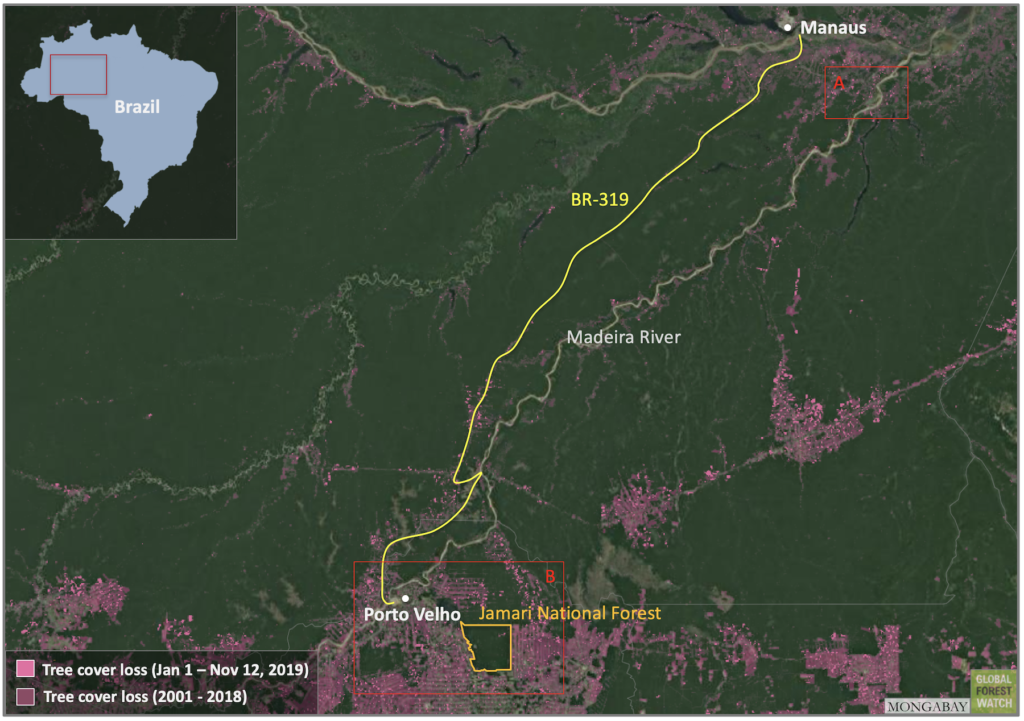
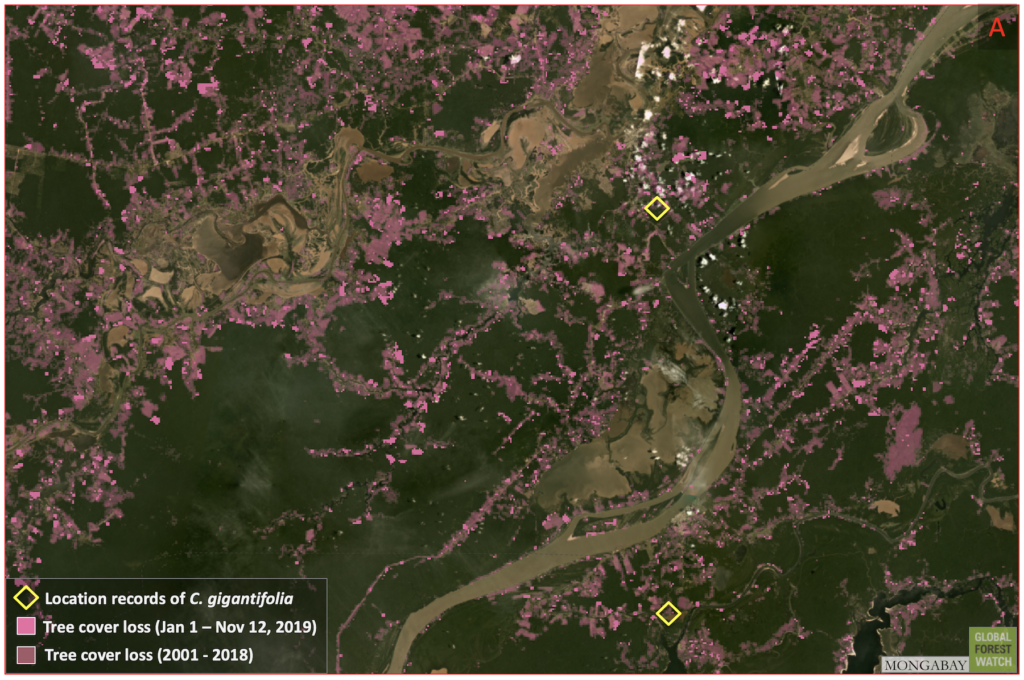
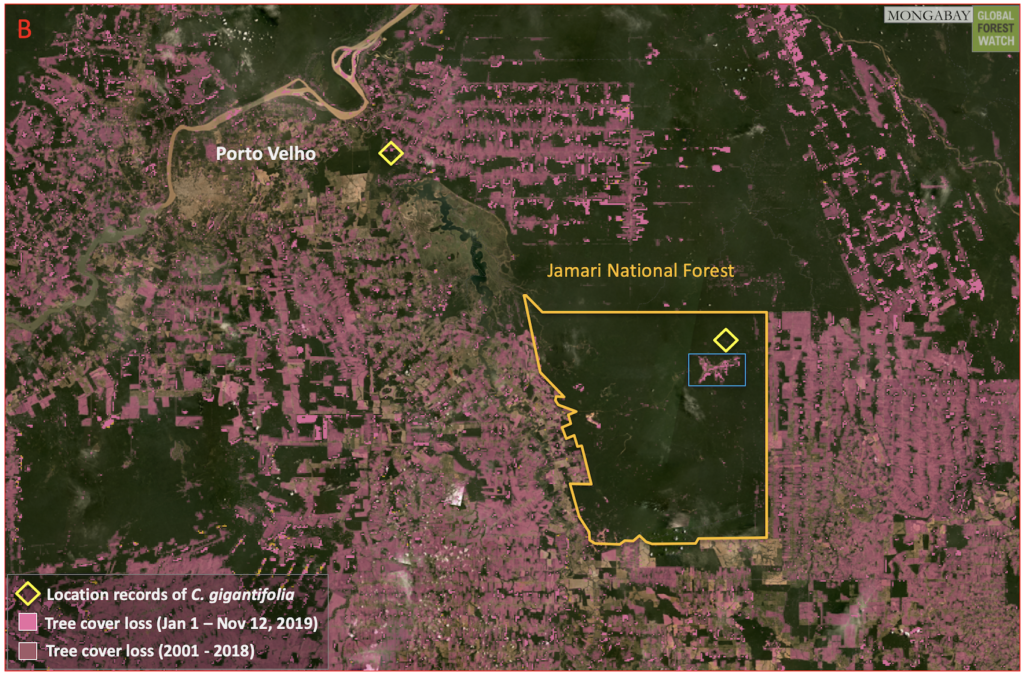
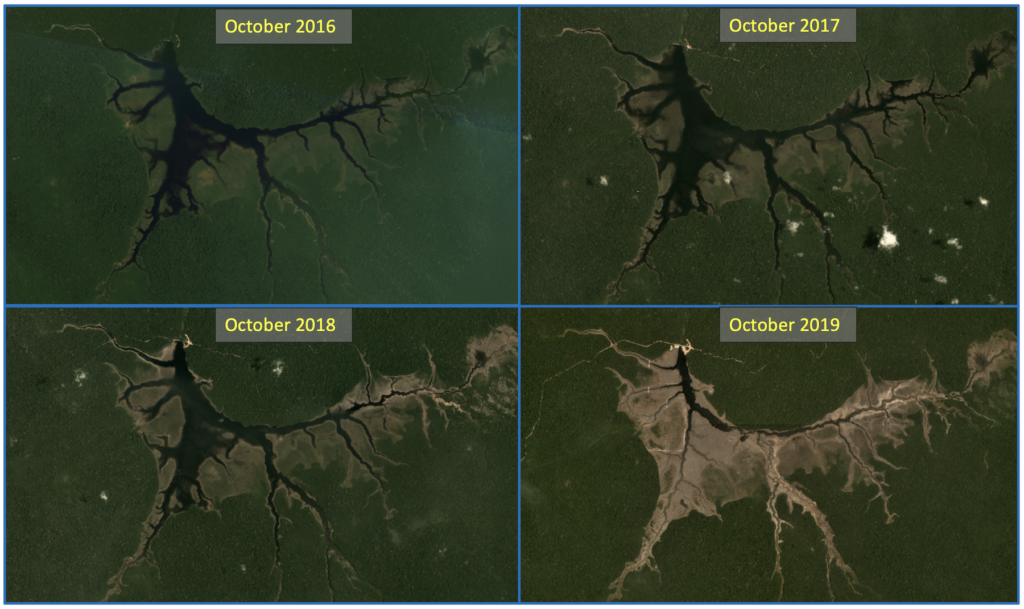

Leave a Reply